Barn stars are charming decorations often found above the doorway at the top of barns. Whether painted or crafted from metal, these stars serve more than just an ornamental purpose. Sometimes replaced by hex signs or quilt squares, barn stars carry meanings that might surprise you.
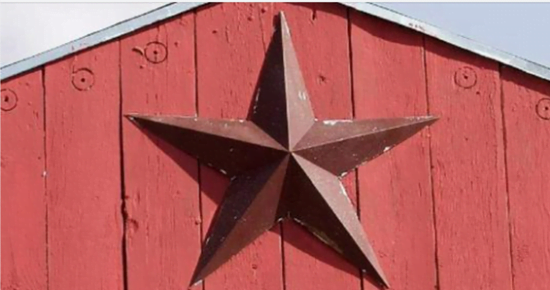
German-American farmers hold barn stars in high regard, placing them atop barns as symbols believed to ward off evil or bring prosperity to their crops. Each color and design has its own unique significance, adding layers of meaning to these rustic adornments.
Take the green barn star, for example; it stands for the fertility of crops and robust growth. On the other hand, blue and black stars symbolize protection over the farmer, their family, and the farmlands. Brown stars represent friendship. Let’s delve deeper into the interesting history of barn stars.
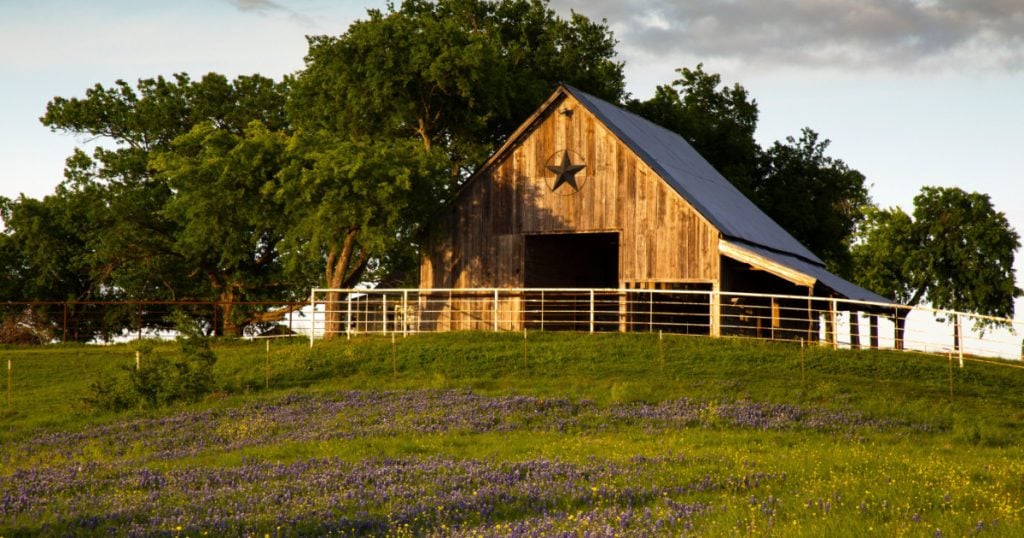
The tradition of barn stars dates back to the 1830s with the Pennsylvania Dutch, also known as the Amish. Originating from European German folk art, these stars resonate with the Amish lifestyle, which is deeply rooted in simplicity and tradition away from modern influences.
Among the many customs passed down over generations, barn stars stand out. For those deeply connected to Pennsylvania Dutch heritage, common items often carry distinct meanings, emphasizing their cultural significance.
Patrick Donmoyer from the Pennsylvania German Cultural Heritage Centre at Kutztown University notes, “There are actually two parallel traditions: the barn stars and the hex signs.” Each has its own place in history and culture.
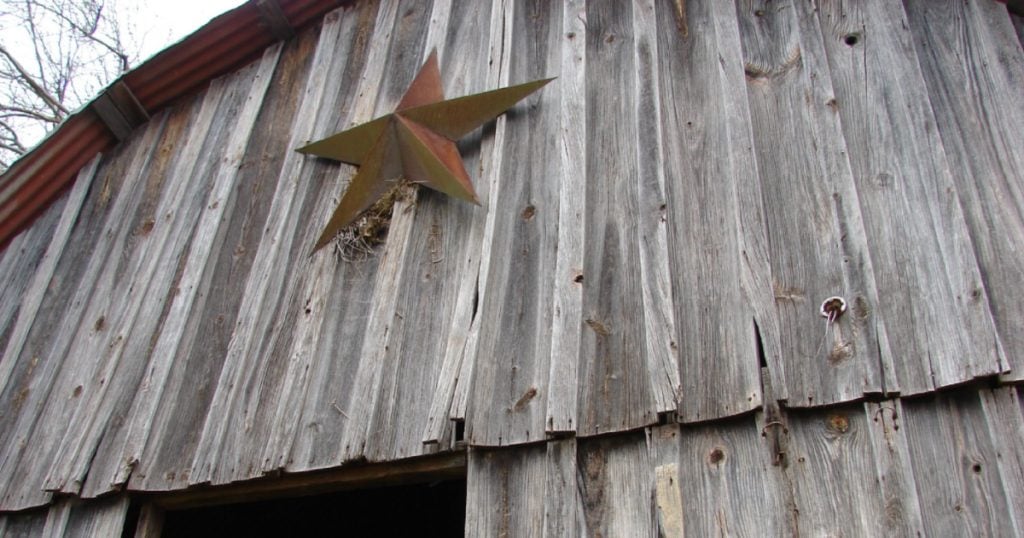
It’s fascinating to learn that barn stars weren’t always seen as superstitious or magical symbols. Donmoyer explains, “These were part of the agricultural lifestyle, not necessarily connected to supernatural ideas.” Interestingly, hex signs began appearing nearly a century after barn stars, drawn from different inspirations.
The creation of hex signs was influenced by New England artist Wallace Nutting, who visited Pennsylvania Dutch Country in 1924. He “misinterpreted” quilt squares or barn stars into what we now know as hex signs. According to Donmoyer, “He described something real but misunderstood the tradition’s aspects.”
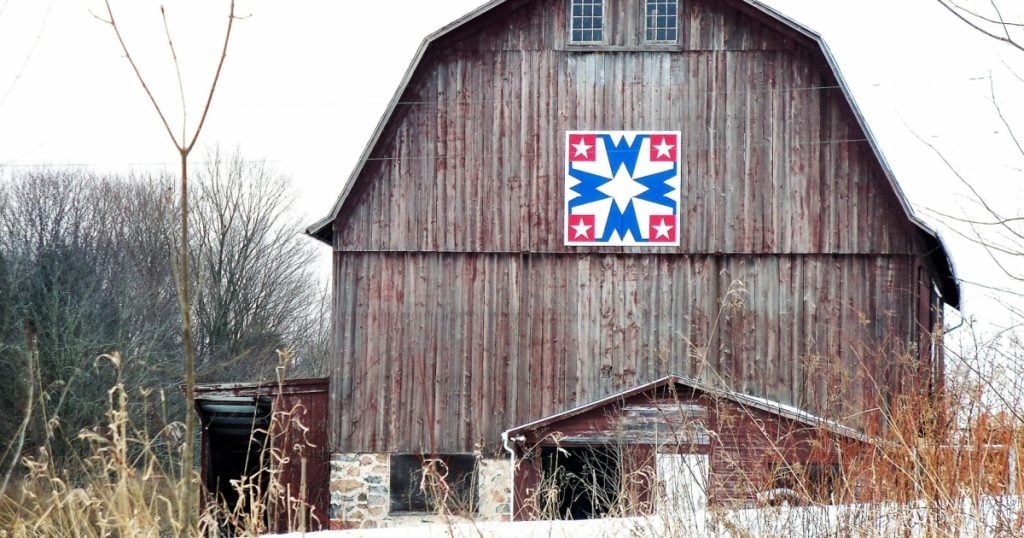
By the 1950s, these designs gained popularity beyond their origins, evolving into tourist attractions. Barn stars and quilt squares became symbols of a culture that stands apart from mainstream society, showcasing the hard work and traditions of the Amish.
These designs are not only decorative but also serve as a cultural remembrance for the Pennsylvania Dutch, reflecting the heritage passed down through generations. While barn stars are thought to ward off evil, they also represent cultural ties to ancestors and their homeland.
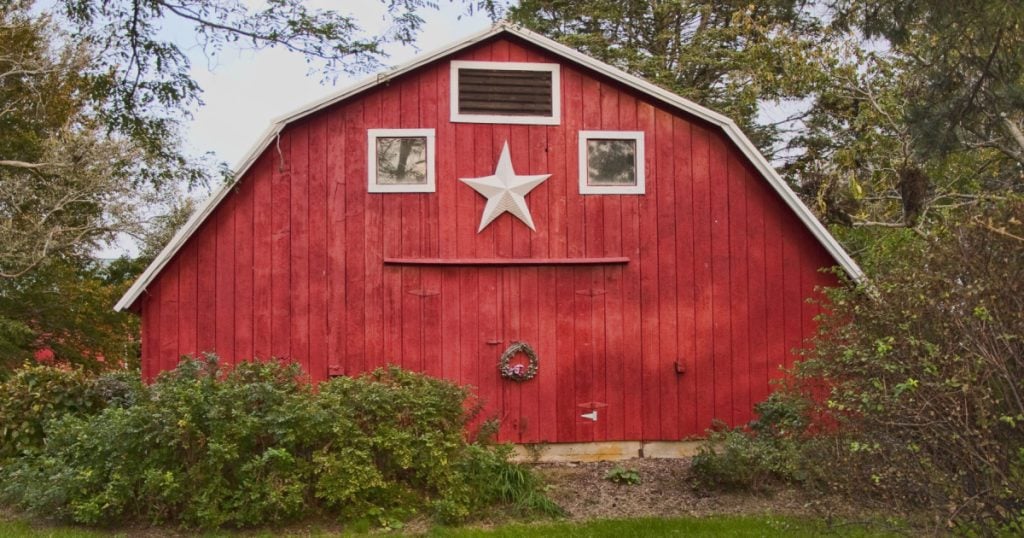
Throughout history, many cultures have developed symbols to ward off negative energies and promote good fortune, happiness, and prosperity. From the Om symbol to the Helm of Awe, diverse cultures share these deep-rooted beliefs in protective symbols.

The Om, often linked to meditation and spirituality, is known to purify the mind and body, balancing tranquility with life’s challenges.
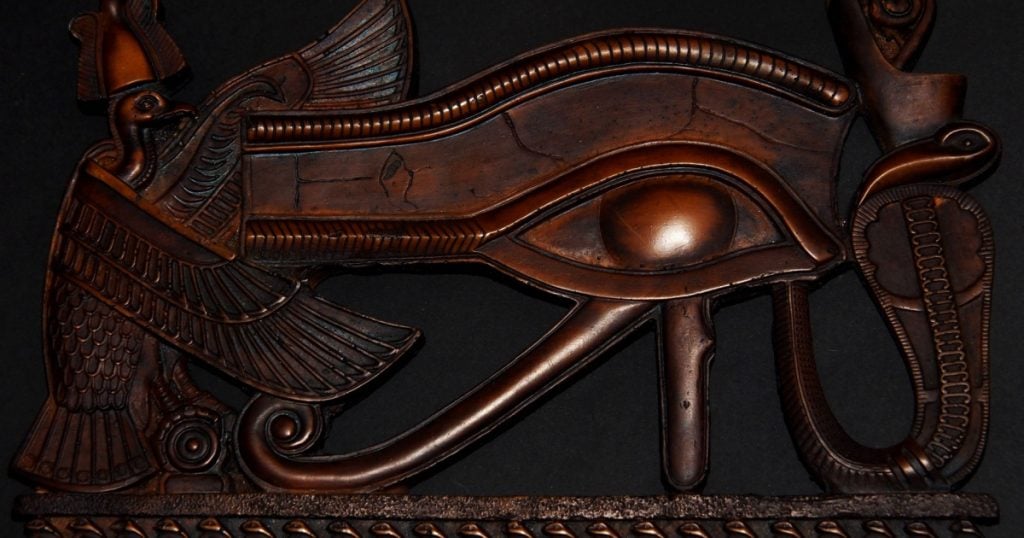
The Eye of Horus from ancient Egyptian culture serves as a powerful protective and healing emblem, frequently seen in art and jewelry.

In Native American and African tribes, the turtle is a symbol of longevity, wisdom, and groundedness, further showcasing the universal appeal of symbolic protection.
Helm of Awe
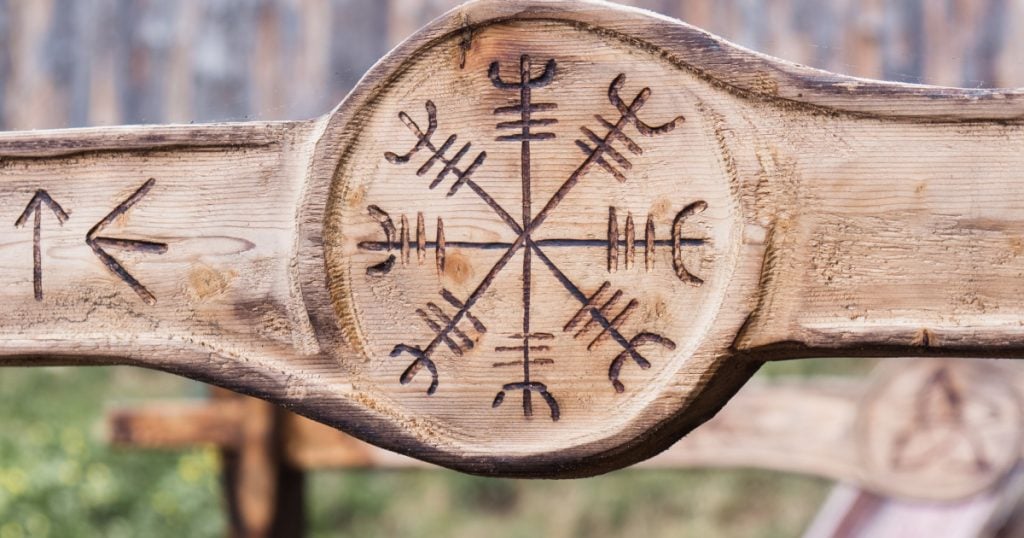
The Helm of Awe, a Norse symbol, is believed to protect warriors in battle and frighten their enemies.
Same but Different
While distinct cultural paths may have kept peoples apart, technological advancements have helped us recognize the shared elements of human traditions across countries and communities.
No matter the name or cultural origin, these symbols represent shared hopes for safety, wealth, and health, carrying forward the wishes of ancestors for future prosperity and wellbeing.
The story of barn stars is one of connectedness through simple yet beautiful designs. For more inspirations and insights, watch this video: